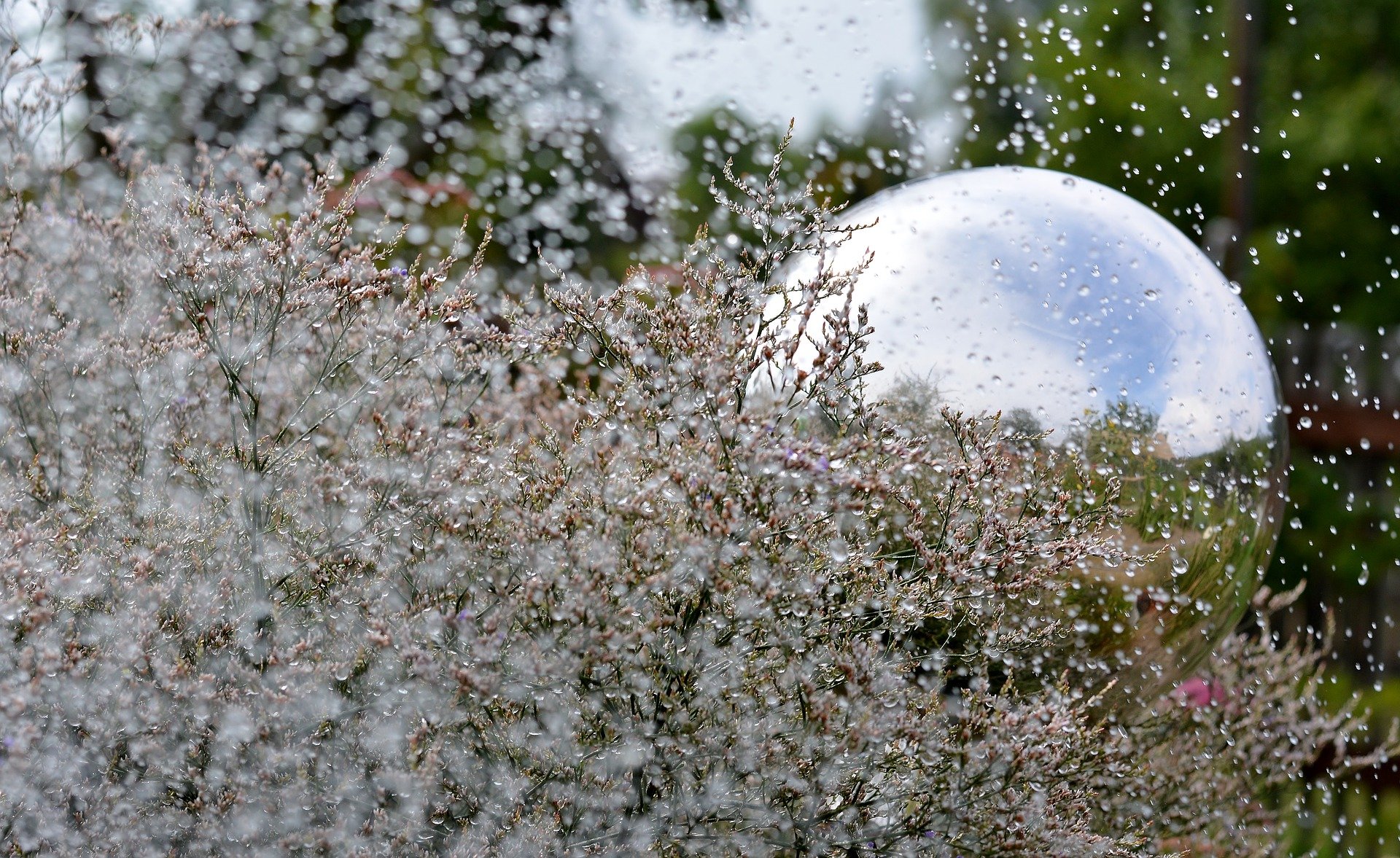
FAQs
Let’s ensure you have what you need to feel successful with your project.
Rainwater Catchments
-
The more water you store, the less water you may need to use from your local utility water source. The less water you use from the tap, the less your utility bill will be. We look at both rain barrels and large water storage tanks, or cisterns, as options to store your rainwater.
Each rain barrel's capacity is 55 gallons. If you only have one rain barrel and only fill it infrequently, it will have less of an impact than connecting many rain barrels together. Daisy-chain four rain barrels together and you have 220 gallons of water stored – ideal for the dry summer months.
Cisterns exceed a 200 gallon storage capacity. Some homes with Cisterns are able to go completely off the water grid – and say goodbye to their water bills!
-
A rain barrel's storage capacity is 55 gallons, whereas a cistern’s storage capacity can exceed 200 gallons. Cisterns are more likely to be stored underground than rain barrels.
-
One inch of rain on a 1000 square foot roof will yield around 600 gallons per year, so all you need to do is some simple multiplication! Determine the square footage of the area that's connected to your rain barrel, and multiply it by 0.6. (# square feet x 0.6 = gallons per year).
Example 1: 1000 sqft x 0.6 = 600 gallons per year
How much rain you can collect off your roof in a year is determined by how large your collection system is and how much rainfall you have in your area.
Let's say you have unlimited storage…
A Portland, OR house has an average rainfall of 38 inches and a 1500 square foot roof.
Example 2: 1500 sqft x 0.6 x 38 in = 34,200 gallons per year
RainWise
Hardscaping
-
A “hardscape” refers to a sturdy, built environment structure that is incorporated into a landscape.
Hardscapes include paved areas, driveways, retaining walls, sleeper walls, stairs, walkways, and any other landscaping made up of hard-wearing materials such as wood, stone, and concrete.
Its antonym is a “softscape,” the horticultural elements of a landscape.
Restorative Landscapes
What causes our local sewer systems to overflow?
Seattle’s municipal sewer system combines stormwater with sewage during heavy rains, directly polluting local Puget Sound/Salish Sea habitat.
Seattle, WA sends 13 million gallons of raw sewage into local waterways each year.
Where are Seattle’s sewer systems most likely to overflow?
You’ll find these overflows along the ship canals and Lake Washington, with highest concentrations of outpours in the industrial district and along the city’s waterfront.
If you live uphill from a mark on the map, the waterway will directly benefit from rainwater collection in your neighborhood!
-
Fun (or not-so-fun) fact: a shallow bed of English grass, like the one you might find on your parking strip or in your yard, absorbs only as much water over the course of a storm as the sidewalk right next to it!
While green and aesthetically pleasing, English grass is not equipped for Salish Sea ecosystems, and, unfortunately, does not retain enough water to meaningfully protect Pacific Northwest watersheds.
That’s where a rain garden comes in handy!
What does the inside of a rain garden look like?
The inside of a rain garden, called a “grattix," is optimized for slowing the travel of water and nurturing its surroundings. It consists of eight elements including water-tolerant native plants, soils, sand, and pea gravel surrounding a deep-soil drain system.







